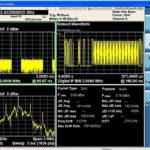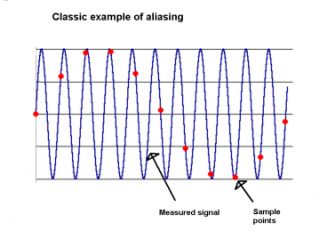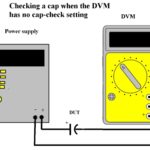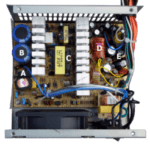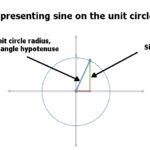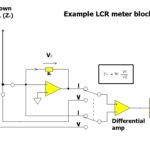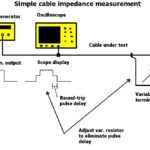Harmonics are waveforms that may accompany a periodic fundamental (also known as the first harmonic) in a divergent infinite series. When they arise, their frequencies are integer multiples of the fundamental. If this fundamental is 60 Hz, the second harmonic is 120 Hz, the third harmonic is 180 Hz, the fourth harmonic is 240 Hz […]
basics
Testing operational amplifiers
Because it is able to function in so many diverse ways, the op-amp can be the defining element in electronic circuits of any complexity. Applications go far beyond amplification. Because they are near-perfect dc amplifiers, op-amps are suitable for filtering, signal conditioning, and for performing such mathematical operations as addition, subtraction, differentiation, and integration. Op […]
Test gear for wireless communication systems
Various types of wireless communications systems are characterized by the distances that they can travel. Short distances are conveniently spanned using Bluetooth technology, occupying the radio frequency spectrum from 2.4 to 2.485 GHz. Bluetooth was originally developed to replace RS-232 cabling and it is used to link fixed and mobile devices. It has become ubiquitous […]
Temporal and spatial aliasing in signal processing
The concept of aliasing is relevant to the oscilloscope user and unless it is confronted and steps taken to mitigate it, problems can arise in signal interpretation. Aliasing is almost always harmful unless clever ways can be devised to make use of it. When a signal is sampled, aliasing can appear in the end product, […]
How to measure electrolytic capacitors
Electrolytic capacitors are often used because they deliver relatively large capacitance values in a physically small package. The compact packaging is possible because they use a thin dielectric layer in conjunction with an etching or sintering process that vastly increases the area of the plates and the capacitance associated with them. Most capacitors have two […]
Switching power supply: How to test and use in applications
The two major types of power supplies, linear and switch mode (SMPS), operate according to entirely different principles and have distinguishing characteristics. Design work and maintenance on each one requires totally different mindsets. The SMPS is now widely used because of its greater efficiency, lower cost and better weight and thermal qualities. There are some […]
Basics of waveform averaging on oscilloscopes
At one time, oscilloscope users estimated waveform metrics by counting divisions and ticks in the graticule, a physical overlay affixed to the display. In the contemporary flat screen oscilloscope, the graticule is an electronic artifact that is part of the display. Its intensity can be varied or turned down to 0% so that it disappears. […]
Characterizing sinusoidal signals with equations
Mathematics is the language we use to understand and communicate our knowledge about electrical relationships. It is easy to get overwhelmed by some of the complexity involved. The best approach is to begin at the most fundamental level and take it from there. Consider the realm of sinusoidal signals. First, a definition: A sinusoidal signal […]
Measuring inductance
Any conductive body has a certain finite inductance. This inductance is an intrinsic property of a conductive body and it is always the same, regardless of whether that conductor or device is energized in an electrical circuit or sitting on a shelf in a warehouse. The inductance of a straight wire segment can be greatly […]
Basics of measuring self capacitance
We ordinarily think of capacitance as a property of a device consisting of two conductive plates with terminals or leads, separated by an electrolytic layer. There is also unintended or parasitic capacitance, where two conductive bodies take the form of a capacitor and exhibit similar properties. An example of this is the atmospheric situation preceding […]


